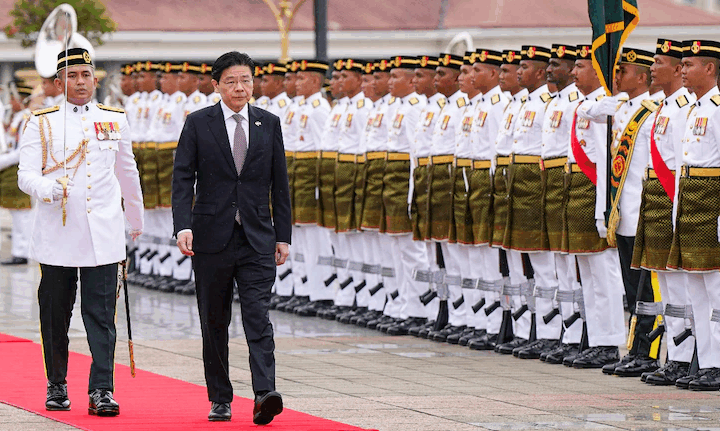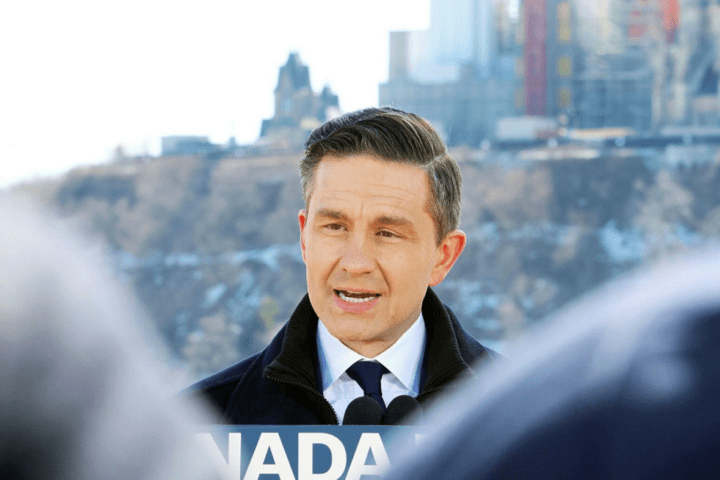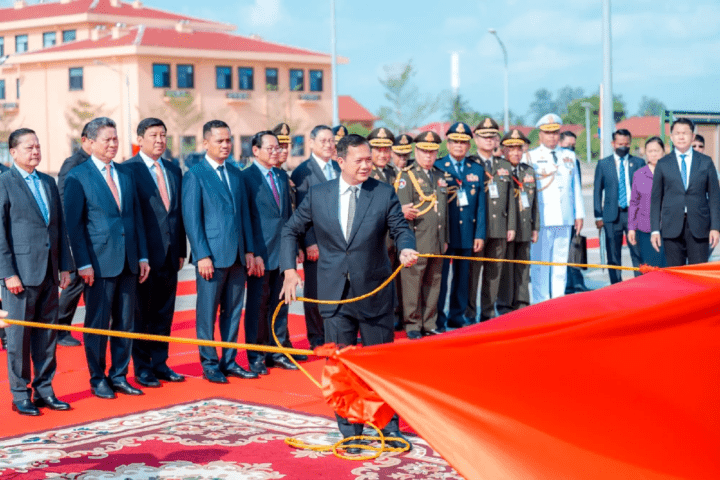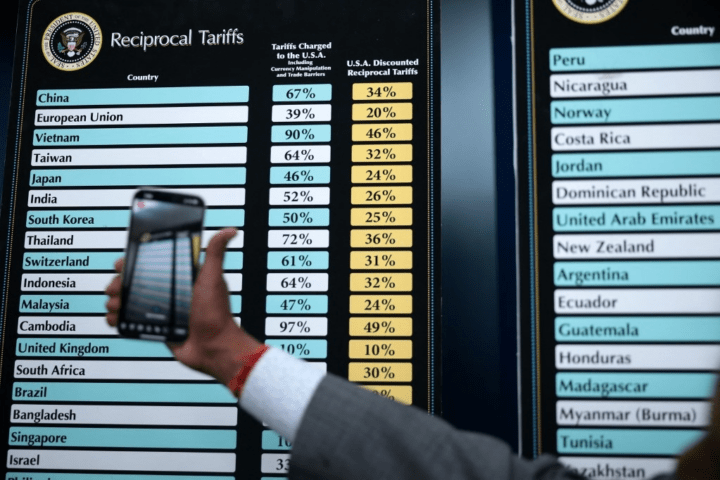As the Russian invasion of Ukraine nears its third anniversary, Ukraine finds itself in a perilous position. After three long years of war, the toll is staggering: hundreds of thousands of Ukrainian and Russian soldiers have been killed or wounded, infrastructure across Ukraine lies in ruins, and the country faces another brutal winter of energy blackouts. Despite some battlefield successes, Ukrainian forces are struggling to dislodge Russian troops entrenched in the eastern Donbas region. The war grinds on, with no clear end in sight.
— DW Europe (@dw_europe) October 17, 2024
EU leaders are beginning their summit hearing from Ukraine's President Volodymyr Zelenskyy.
Before the meeting got underway, he spoke about presenting his victory plan and the priorities for his country in the months ahead: pic.twitter.com/E3FkFqQ27P
In this dark hour, Ukrainian President Volodymyr Zelenskyy has unveiled a bold new initiative: a five-point “Victory Plan” aimed at bringing the war to a close by next year. The plan is ambitious, a mix of military and political strategies designed to secure Ukraine’s future. Yet, as the dust settles, one pressing question remains: is Zelenskyy’s plan a realistic pathway to peace, or is it more a diplomatic gambit to maintain Western support for Ukraine’s war effort?
A Bold But Fragile Blueprint
Zelenskyy’s plan is undeniably comprehensive. It covers a wide range of objectives, from strengthening Ukraine’s military capabilities to securing its long-term economic future through investment in natural resources. The core ambition, however, is simple: defeat Russia on the battlefield and force Moscow to the negotiating table. But is this victory plan practical?
One of the most contentious elements of the plan is Ukraine’s request for NATO membership. Zelenskyy sees NATO as the ultimate guarantee of Ukraine’s security, yet NATO membership during an active conflict is a near impossibility. Leading members like the United States and Germany have been reluctant to provoke Russia further by inviting Ukraine into the fold. The fear of direct confrontation with a nuclear-armed Russia looms large, and NATO’s current stance signals caution rather than resolve.
While Zelenskyy acknowledges that NATO membership may not happen immediately, he argues that even a future guarantee of accession would demonstrate Western resolve. But the silence from NATO on this issue speaks volumes. If Ukraine cannot secure NATO membership soon, the alliance may need to consider alternative ways to bolster Ukraine’s security without triggering a broader conflict with Russia.
Arming Ukraine: Enough to Win?
Perhaps the most realistic aspect of Zelenskyy’s plan is his call for an “irreversible strengthening” of Ukraine’s defense capabilities. Western allies have already supplied Ukraine with advanced weaponry, air defense systems, and critical intelligence. Yet Zelenskyy wants more: more weapons, more technology, and fewer restrictions on the use of long-range missiles capable of hitting targets deep inside Russian territory.
This is where the plan bumps into the cold reality of Western hesitation. While the Biden administration has been instrumental in providing military aid to Ukraine, it has consistently stopped short of allowing Ukraine to strike targets within Russia. Washington fears that such escalation could provoke a devastating Russian response. The administration’s cautious approach—while understandable—limits the full impact of Western-supplied weaponry, leaving Ukraine unable to decisively alter the balance of power on the battlefield.
In contrast, Zelenskyy’s plan envisions a more aggressive use of these tools, one that could degrade Russian military assets before they reach the front lines. But even with the most advanced weapons at its disposal, Ukraine will still face the challenge of overwhelming Russian manpower and deep stockpiles of artillery.
A Future Investment in Ukraine
On the economic front, Zelenskyy’s plan offers a tantalizing vision for Ukraine’s post-war future. The country is rich in natural resources—uranium, titanium, lithium—that are vital to both Russia and the global economy. Zelenskyy envisions a future where Ukraine becomes economically self-sustaining, breaking its dependence on Western financial aid.
However, this economic promise is a distant dream. Ukraine’s infrastructure has been devastated by Russian airstrikes, and the country faces another winter of electricity blackouts. For the foreseeable future, Western aid will need to focus on helping Ukraine survive, not on launching massive new industrial projects.
The Nuclear Threat: A Strategic Bluff?
Perhaps the most provocative aspect of the plan, though not explicitly stated, is Zelenskyy’s hint at a nuclear option. During a recent visit to Brussels, Zelenskyy made an ominous suggestion: if Ukraine cannot secure NATO membership or adequate security guarantees, it may need to develop its own nuclear deterrent.
In rightly pointing out that Ukraine gave up its nuclear arsenal in exchange for paper that no one honored, Zelensky tells NATO members that Ukraine must either return to being a nuclear country or become a full member of NATO. pic.twitter.com/l2jcbbymAj
— KyivPost (@KyivPost) October 18, 2024
This potential shift in strategy is fraught with risk. Ukraine gave up its nuclear weapons in 1994 under the Budapest Memorandum in exchange for security assurances—assurances that Russia has blatantly violated. While Ukraine might argue that it has every right to reconsider its non-nuclear status, any move in this direction could spark an unprecedented escalation. A nuclear Ukraine would be a nightmare scenario for both Moscow and the West, possibly triggering preemptive strikes or a total collapse of international support.
The Path Forward: Realism or Hope?
Zelenskyy’s plan is a bold vision for the future of Ukraine—a country fighting for its very existence. It offers a glimmer of hope to a war-weary population, but the chances of it being fully realized are slim. Western allies have already stretched their support to the limit, and the political will to expand that support is waning, particularly with potential changes in leadership in countries like the United States.
If Ukraine cannot secure the immediate aid it seeks, or if NATO membership remains elusive, Zelenskyy may be forced to seek other security arrangements. In the meantime, the war will likely drag on, grinding through another winter, with no end in sight.
For now, the best that can be hoped for is that the international community does not lose sight of Ukraine’s struggle—and that Zelenskyy’s plan, even if only partially realized, can help Ukraine endure.










